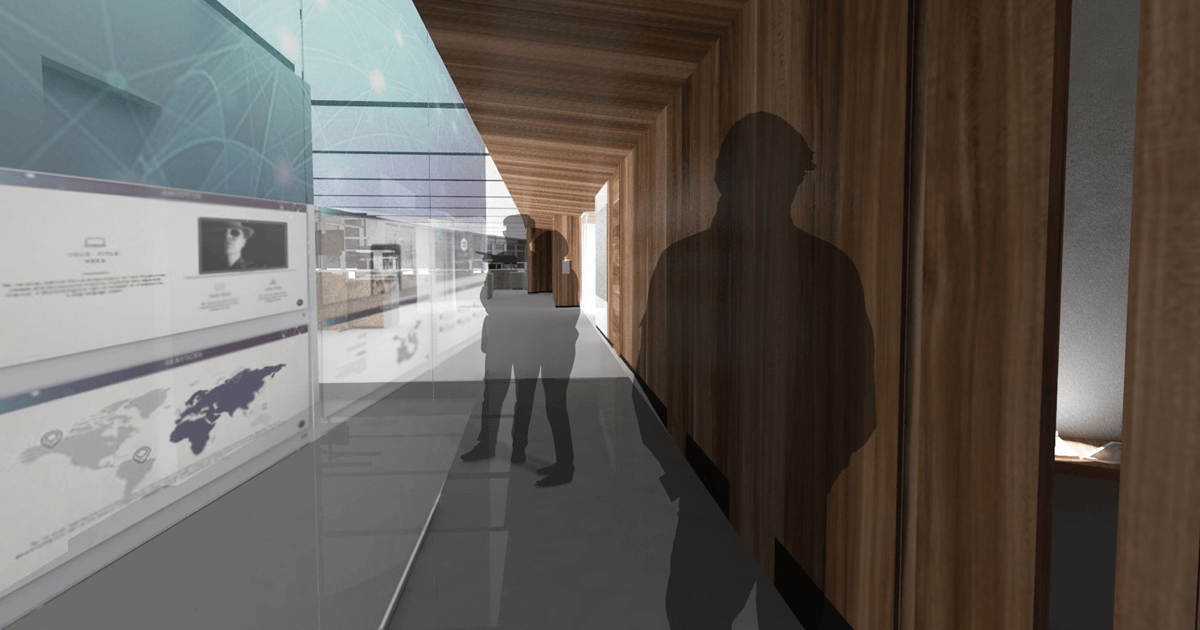
Why Design Thinking is Failing in Most Organizations
Over the past decade, many companies have invested in design thinking initiatives or insourced design teams thanks to growing awareness of the business value of design. But most of them are missing the mark, which means there is clearly an opportunity for companies to do better. Forrester explores this area of opportunity in a series of reports in their October 2019 Design Revolution Series.
Companies with the least mature view of design tend to think design is about look and feel alone. But in our digital and connected world, design is no longer just about making things look good, it’s about making experiences and systems of things work in the most elegant, efficient or delightful ways possible. The tools of design are powerful when applied to these system-level challenges, because when applied correctly, “design helps simplify, reduce, and frame challenges down to their essence,” Tim shared with Forrester for their report, Deep Design: Designing Well Combines Art and Science.
Still, many view design as a more creative output—not necessarily rigorous or measurable in a way that yields real ROI for businesses. And though it’s true that “good design often involves non-linear creative leaps, many good ideas in business and engineering arise from creative leaps, too,” Tim is quoted as saying in the Forrester report. “The difference is that in those fields, people often feel compelled to make up stories to make their leaps sound rigorous, analytical, and linear.”
So how do you employ design thinking effectively within a larger organization?
You need to gain a real empathy and understanding of your customers or end-users in order to define ideas that will at once engage them in the moment and build the trust necessary for long-lasting relationships. But this creative process needs to be augmented with business analysis to ensure commercial success. As Tim told Forrester for their report, Empirical Innovation: Prioritize Evidence Over Instinct To Innovate Successfully: “All the analytical bits are crucial, too—survey data, market sizings, value chains. But the ‘aha!’ ideas are most often sparked by the ethnographic research process.”
Organizations must invite all stakeholders, including non-designers, to participate in design thinking and offer different perspectives. Addressing the stigma and backlash around bringing design thinking to the corporate landscape, Tim is quoted in the Forrester report, Who Should Design: Blend Democratization, Expertise, And Representativeness, “Some people ask, ‘We don’t allow “dentist thinkers” to do dentistry, so why would we allow non-designers to do “design thinking” and expect good results?’ But at frog, when we do research and ideation, we include people from other functions as well as frontline staff and customers because they see things that the product team doesn’t. So for some aspects of the design process, there is real value to democratization.” Companies like IBM and Marriott have launched programs to teach employees design thinking.
Delivering successful outcomes for target customers requires upfront design research to truly understand who you’re designing for, and where the unmet needs are. This is why we try to push the boundaries of research methodology, combining multidisciplinary teams that blend qualitative and quantitative research on real people and real behaviors. From there, we’re able to incorporate that feedback consistently into the design and development process to ensure we help our clients scale their success and create real impact with their customers.
While it can feel easy to get caught up in the hype of “design thinking,” Tim posits in the Who Should Design Forrester report that “it’s important not to confuse design thinking with the craft of design, which requires years of training and expertise to become world-class at.” Building up a design function within your organization takes hard work, as does evangelizing design thinking throughout leadership. We’ve seen real success with clients such as American Express in building up design functions that can grow and scale with business objectives. Our frogThink tool kit also offers resources on how to implement design thinking successfully in organizations of any size.
Read more on the Business Value of Design by Timothy Morey, and find out more about Forrester’s Design Revolution series here.

frog, part of Capgemini Invent is a global design and innovation firm. We transform businesses at scale by creating systems of brand, product and service that deliver a distinctly better experience. We strive to touch hearts and move markets. Our passion is to transform ideas into realities. We partner with clients to anticipate the future, evolve organizations and advance the human experience.
We respect your privacy
We use Cookies to improve your experience on our website. They help us to improve site performance, present you relevant advertising and enable you to share content in social media. You may accept all Cookies, or choose to manage them individually. You can change your settings at any time by clicking Cookie Settings available in the footer of every page. For more information related to the Cookies, please visit our Cookie Policy.
Our Studios





